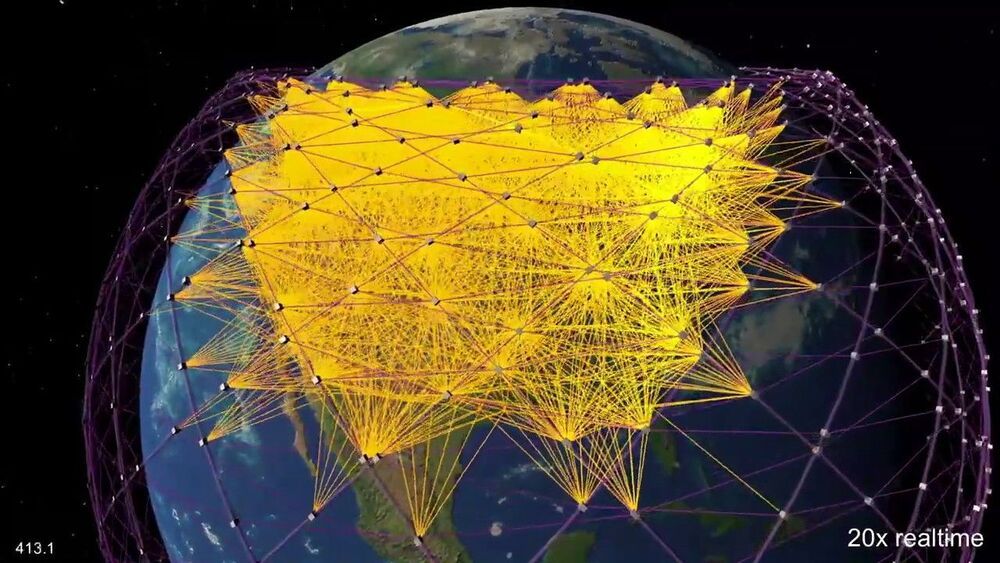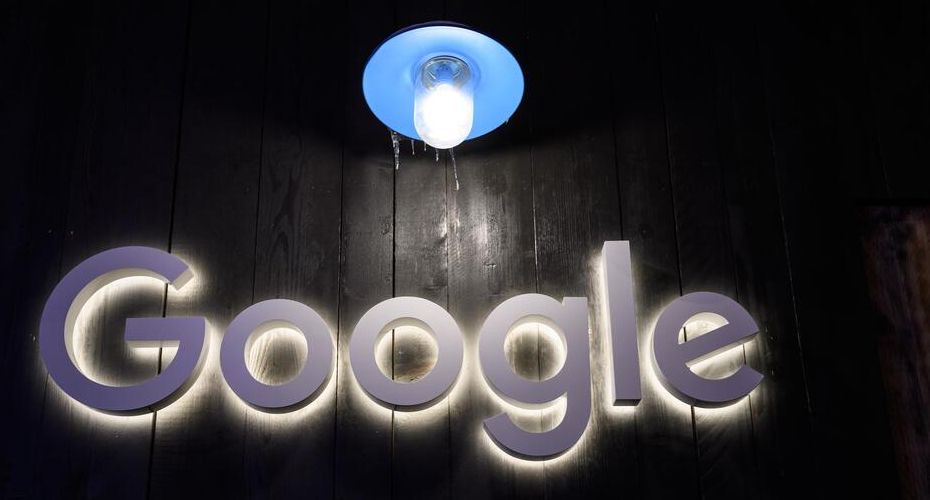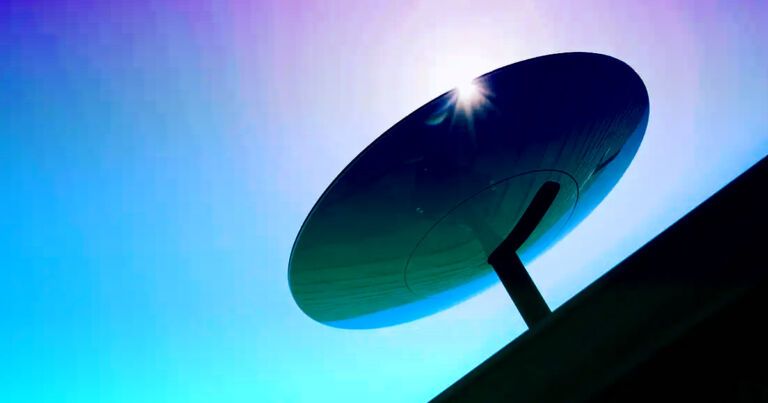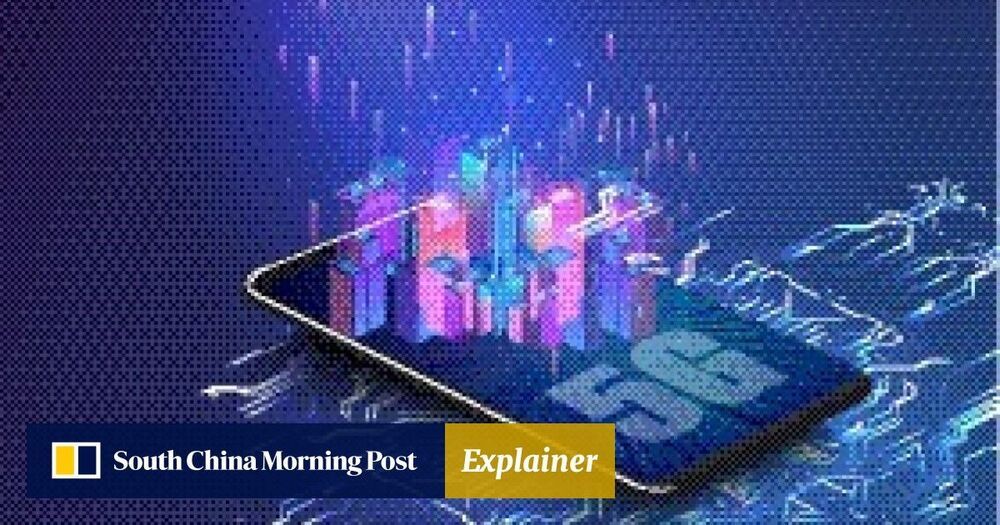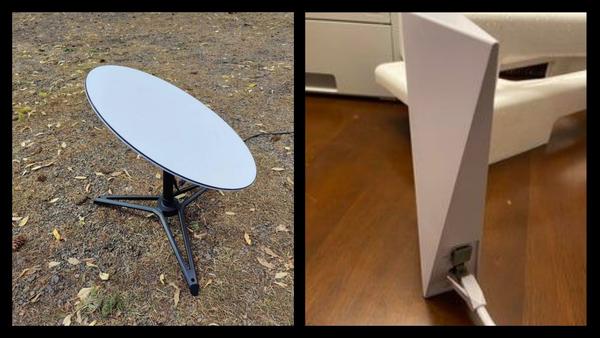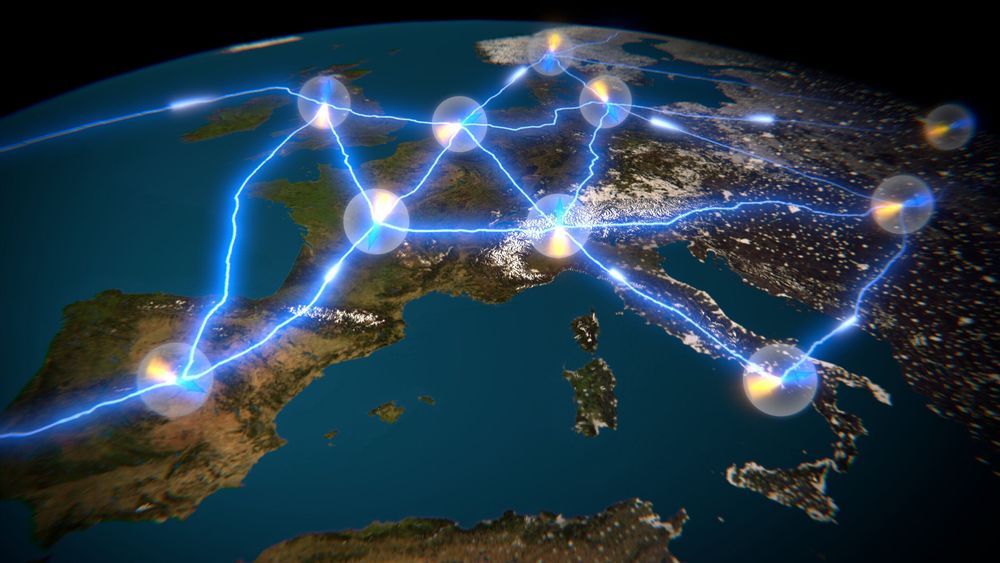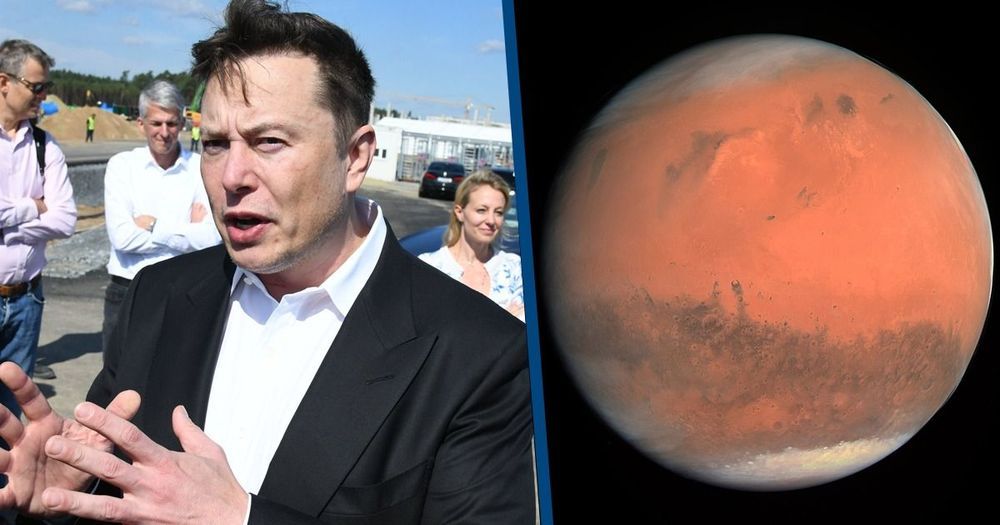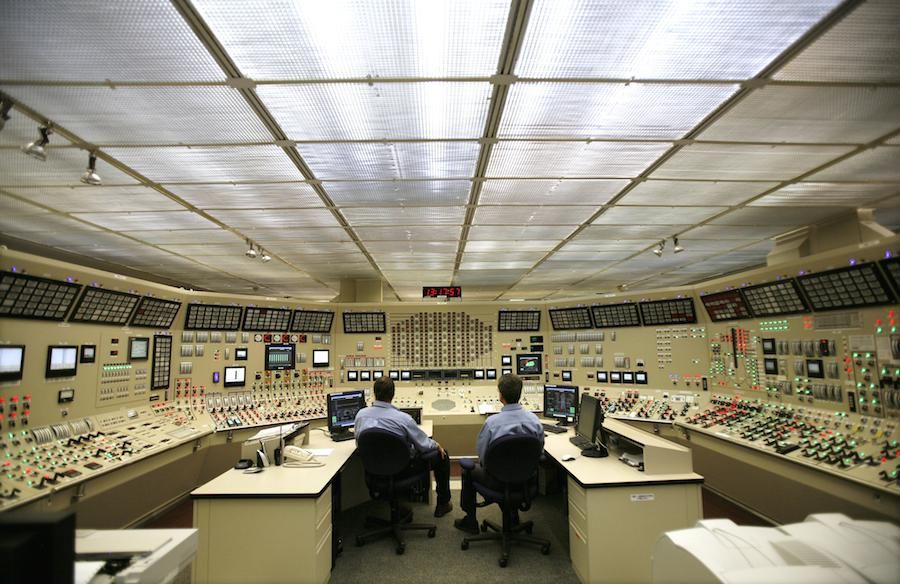SpaceX’s Starlink satellite cluster has been receiving much headline space recently as it continues adding satellites at a breathtaking pace. Much of this news coverage has focused on how it’s impacting amateur skygazers and how it could benefit people in far-flung regions. But technical details do matter, and over on Casey Handmer’s blog, there was a recent discussion of one of the most important aspects of how Starlink actually operates—what will it do with its data?
In networking lingo, data is quantized into “packets,” which are sets of ones and zeros that computers can understand. In the case of Starlink, these packets will bounce between ground stations and a series of satellites parked in nine separate low-Earth orbits. Each orbit will contain a number of satellites, and each satellite’s covered territory will overlap with the satellites to the north and south of it. When the constellation is complete, every spot on Earth will be covered by at least two Starlink satellites.
Future versions of the satellites will use lasers to communicate amongst themselves. But for now, they have to use ground stations to talk to other satellites. Therefore, there will be a great amount of packet passing between satellites, ground stations and end user terminals. The information that describes such a convoluted path for each packet must be stored somewhere. That somewhere is called the “metadata.”
